The main technical characteristics of the new omnidirectional antenna are introduced
An overview,
As early as in the early construction of the 3G test network, researchers found that 3G signal had fast attenuation, high penetration loss, and poor diffraction ability. In the indoor distribution system, 2G and 3G signal coverage could not be synchronized, and 3G signal coverage was small, with many blind spots and weak areas. These problems are caused by the high 3G signal frequency and are generally considered insurmountable technical obstacles. The only way to obtain a good 3G indoor signal is to increase the antenna density. Therefore, for the 3G indoor distribution system, the industry generally agrees with the design principle of “low power, multiple antennas”.However, although this principle solved the 3G signal coverage problem, it led to the doubling of construction investment and the large-scale transformation of the 2G indoor distribution system, as well as the more serious 2G signal leakage.
Through long-term observation, testing and research, we found that the traditional omnidirectional antenna has some technical defects, such as high-frequency signals gathering directly under the antenna, uneven and unstable signal distribution. The aggregation effect of high-frequency signals is the real technical reason for the rapid attenuation and small coverage radius of 3G and other high-frequency signals. After the broadband antenna technology research, repeated experiments and continuous improvement, we developed broadband, high efficiency, energy-saving and environmental protection of the new omnidirectional top antenna.
New omnidirectional antenna broaden the suction a top working frequency band, reduces the high frequency signal electromagnetic radiation, single antenna covers more than doubled, to improve the signal coverage evenness, overcome the technical barriers, make up the defects, improve the efficiency of coverage, greatly simplifying the 3 g indoor distribution system, changed the 3 groom construction basic principles, has realized the full frequency, network synchronization covered more, avoid the repeated construction, improve the chamber resource utilization, effectively improve the efficiency of whole and indoor distribution system as a whole and indoor network quality, saving a lot of network construction investment and operation cost, authors efficiency, energy saving, low carbon environmental protection, Social and economic benefits are remarkable.
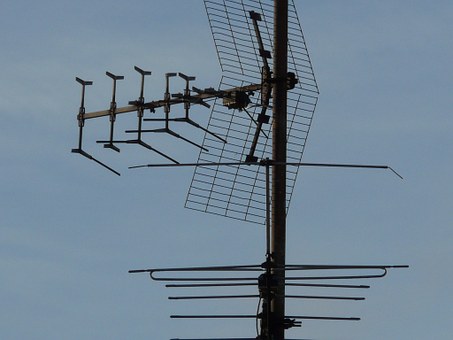
This paper introduces the main technical characteristics of the new omnidirectional antenna and discusses its technical standard.
The main technical characteristics of the new omnidirectional antenna
The technical indexes of the new omnidirectional antenna are shown in table 1. On the edge of the coverage radius corresponding radiation Angle 85 °, the antenna gain high frequency is higher than the low-frequency gain dB 1 ~ 2 dB, compared to traditional omnidirectional antenna suction a top, an average of 4.22 dB gain increased, and enlarge the coverage of the high-frequency signal effectively, combined with the 3 g system CDMA technology advantage, make the 2 g, 3 g signal coverage, changed the “small power, antenna” 3 groom design principles.
The maximum high-frequency signal radiation corresponds to the lower 30° radiation Angle of the antenna, and the average gain of the antenna in the high-frequency band is -5.5db. Compared with the traditional omnidirectional ceiling antenna, the average gain is reduced by 10dB, which effectively reduces electromagnetic radiation and improves the minimum coupling loss. Therefore, the radiation is reduced and the allowable power of the antenna feed signal is increased.
By properly designing the antenna coverage radius and adjusting the feed power of the antenna port, synchronous coverage of the communication system with different edge field intensity requirements of high and low frequency band can be achieved, which solves the technical problem of unsynchronous coverage of 2G and 3G networks and overcomes the technical obstacle of multi-system sharing of indoor distribution system.
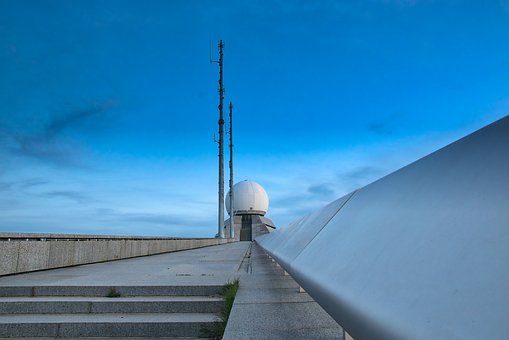
Also, the new omnidirectional antenna has a simple structure, complete axisymmetric, 85° radiation Angle irregularity can be controlled within 1dB, more uniform signal distribution, and wider working bandwidth. The main technological innovations of the new omnidirectional antenna include:
(1) break the stereotype of thinking, first found and confirmed the technical defects of the traditional antenna, and found the real technical reasons for the rapid attenuation of the 3G signal.
(2) technical indexes of radiation Angle gain and radiation Angle irregularity were proposed, and 30° and 85° radiation angles were defined as typical angles to measure the technical performance of Omni-directional antenna under and on the cover edge, which more accurately reflected Omni-directional antenna signal coverage uniformity and stability, improved Omni-directional antenna index system, and enriched the antenna
Technical theory.
(3) in terms of design ideas, it breaks through the traditional design concept of omnidirectional antenna simply pursuing high gain, and takes the uniform signal distribution, stability and the consistency of full-band signal coverage edge field intensity in the practical application of antenna as the key points of omnidirectional antenna design.
(4) on the broadband antenna technology, the half-wave oscillator and double cone antenna ingenious combination of low frequency for the half-wave oscillator, for high frequency double cone antenna, to avoid the high and low-frequency vertical dipole antenna pattern difference is too big problem, and the high frequency signal radiation Angle adjustment to the biggest gain of 70 ° or so, to strengthen the target coverage radius on the edge of the signal, can solve the problem of high frequency signal gathered, expanding the coverage, improve the efficiency of the cover, at the same time, effectively alleviate the antenna near electromagnetic radiation.
(5) higher requirements of intermodulation index are proposed, and the third-order intermodulation is less than -140dbc, effectively reducing the intermodulation interference between systems when multiple systems are combined.
(6) accurate design, cancel impedance matching plate (line) and oscillator lightning grounding, simple structure, symmetry, no impedance measurement, easy production, and assembly, easy to scale production, product consistency, stability, low roundness index.
(7) formulated clear technical performance indicators, manufacturing materials, and component quality requirements, with controllable quality and clear cost.
(8) expand the working bandwidth (800mhz-3000mhz) and 500MHz higher than the traditional antenna, which is conducive to WLAN access and network evolution to LTE, and avoid re-transformation.
Discussion on the technical standard of indoor omnidirectional ceiling antenna
GB/T 9410-2008 general technical specification for mobile communication antenna and GB/T 21195-2007 technical conditions for mobile communication indoor signal distribution system antenna put forward technical requirements for China’s indoor

omnidirectional ceiling antenna, but the current standard has the following shortcomings:
(1) table 1 of article 5.1 in GB/T 9410-2008 proposed the electrical performance requirements of the indoor omnidirectional ceiling antenna, but only specified the gain, without specifying the direction of the maximum gain, and different radiation angles were used in the low-frequency band with high non-roundness index, which could not truly reflect the signal coverage performance of the indoor distribution system to the omnidirectional ceiling antenna.real
It is beneficial to improve the high radiation Angle gain and roundness corresponding to the covering edge, while high low radiation Angle gain is not beneficial to enhance the radiation.
(2) article 4.1.3 of GB/T 9410-2008 mentioned antenna material requirements, but in fact, no relevant technical specifications put forward clear requirements on the material and performance of antenna components, resulting in the uneven quality of mobile communication antenna and vicious price competition, which is not conducive to the healthy development of the industry.
(3) is put forward according to the article 4.1.4 in GB/T 9410-2008 “antenna design should be conducive to lightning protection, are put forward according to the article 5.1.5 in GB/T21195-2007” lightning protection requirements: it directly, “with YD/T 1059-2004” system for mobile communication base station antenna technology conditions “in article 5.1, indoor antenna and outdoor antenna lightning protection requirements completely equivalent, obviously, the current standard does not consider the difference between indoor and outdoor. The outdoor antenna is generally installed on the top of buildings and towers. The antenna has a large scale and a high probability of being directly hit by lightning. Therefore, the requirement of direct grounding of antenna oscillator is reasonable. But for the indoor antenna, the antenna oscillator volume is small and installed in the building, the general building has lightning protection measures, indoor lightning strike probability is very small, therefore, the oscillator grounding requirements are not significant.
In order to more accurately describe the indoor Omni-directional antenna actual suction a top cover performance, new Omni-directional antenna introduced suction a top radiation Angle and the Angle gain out of roundness index, and according to the actual indoor scene distribution coverage, define Angle 85 ° and 30 ° radiation as a typical form of antenna is high, the low radiation Angle Angle, Angle of 85 ° radiation on behalf of the antenna cover edge radius, radiation Angle of 30 ° representative below the antenna radiation corresponding to the strongest point of view. The higher the antenna’s 85° radiation Angle gain is, the stronger the signal at the edge of the coverage radius is; the wider the coverage range of a single antenna is; the lower the irregularity of 85° radiation Angle is, the more stable the signal at the edge of the coverage radius is. The lower the antenna 30° gain means
The smaller the electromagnetic radiation under the antenna, the more uniform the indoor signal distribution.
To more accurately reflect the actual coverage performance of indoor omnidirectional ceiling antenna in the indoor distribution system and unify the product performance and quality requirements, based on the GB/T 21195-2007 technical specifications, we developed the main technical indicators of the new omnidirectional ceiling antenna, as shown in table 2. Compared with the overall technical performance of the antenna, the technical index of the new omnidirectional top-absorbing antenna clearly defines the different coverage Angle gain and coverage edge irregularity, and unifies the control index of high and low frequency band gain and irregularity to 85° radiation Angle, so as to better reflect the uniformity and stability of signal distribution. The material and performance of antenna components and the new omnidirectional antenna are also clearly defined, which is beneficial to the standardization of production and the unification of quality control standards.
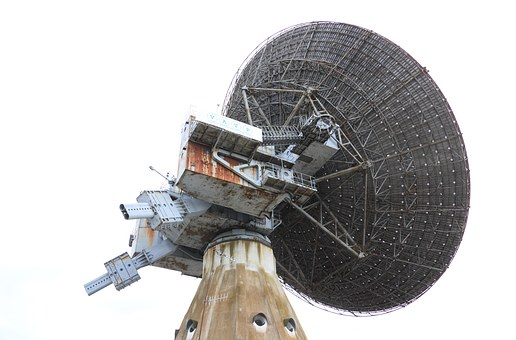
Four conclusion
New Omni-directional antenna changes the suction a top technical performance, high frequency through the 2 g and 3 g network coverage is not synchronous technical obstacles, solved the indoor distribution system more system and road to share technical problem, changed the basic principles of indoor distribution system design, 3 g to 3 g has brought the fundamental change indoor distribution system construction, is a traditional omnidirectional antenna suction a top alternative products. The new omnidirectional antenna has been promoted and applied in China Unicom. China Unicom has formulated the enterprise standard for the technical indicators of the new omnidirectional antenna and is actively promoting the formation of industry, national and international standards as soon as possible to promote the healthy development of the global telecommunications industry. Huangjie communication GSM antenna, wifi antenna, UHF antenna, VHF antenna, TV antenna, electronic connector production line introduced Japan, Taiwan high-end production equipment, to ensure that the product has stable, excellent quality. The company’s production equipment includes injection molding equipment, metal stamping equipment, automatic assembly equipment, mold manufacturing equipment, RF stripping equipment and quality inspection equipment. We have advanced technology research and development and manufacturing capabilities, can customize products according to customer needs, and adjust and improve production efficiency. Ensure the stable, accurate delivery date and rapid sample confirmation.
From:http://www.hj-antenna.com/main-technical-characteristics-new-omnidirectional-antenna-introduced/

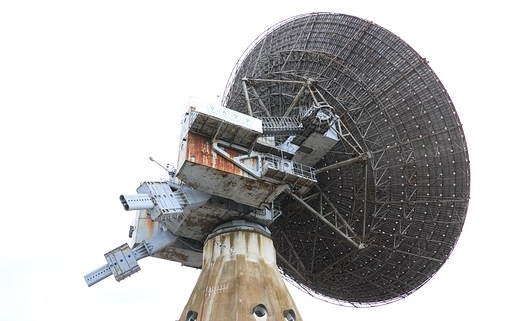
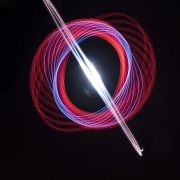

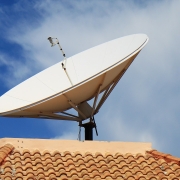
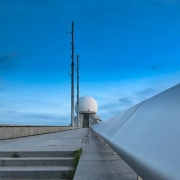
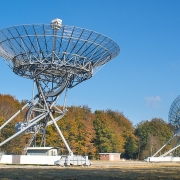
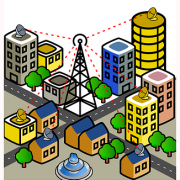


Leave a Reply
Want to join the discussion?Feel free to contribute!